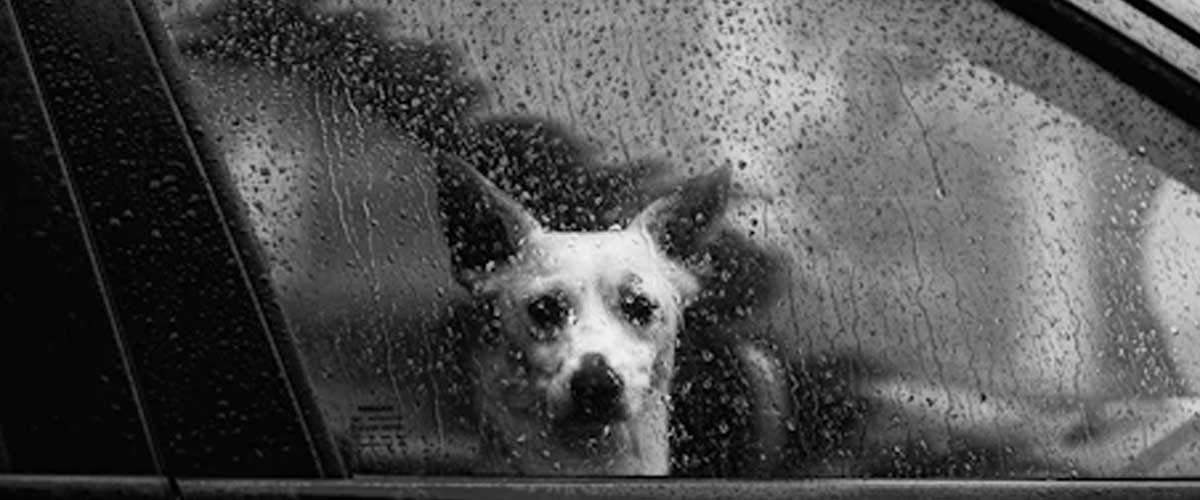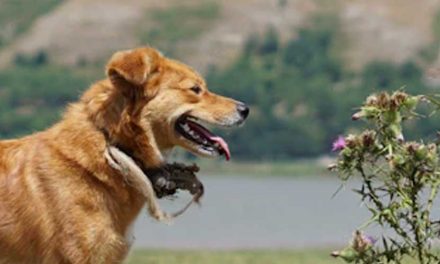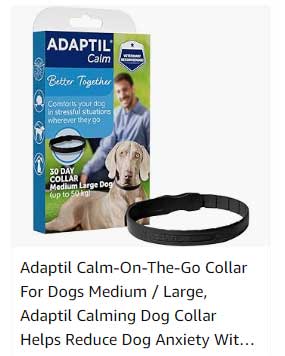As the skies darken and the first drops of rain begin to fall, many pet owners may notice a shift in their furry companions.
For some dogs, rainy weather can trigger anxiety, leading to fearful behaviors that can be concerning for both pets and their owners.
Understanding the reasons behind this anxiety and how to manage it can help create a more comfortable environment for our canine friends.
Signs of Dog Anxiety
Before we delve into the causes of dog anxiety during rain, it’s essential to recognize the signs.
Dogs can exhibit anxiety in various ways, including:
Pacing or Restlessness:
An anxious dog may walk around aimlessly, unable to settle down.
Barking or Whining:
Increased vocalizations can indicate distress.
Shaking or Trembling:
This is a common physical manifestation of fear and anxiety.
Hiding or Seeking Comfort:
Dogs might hide in small spaces or try to get close to their owners for reassurance.
Destructive Behavior:
Chewing on furniture or digging can be a response to their anxiety.
If you notice any of these behaviors, it’s crucial to address them promptly to avoid escalating anxiety over time.
Why Rain Triggers Anxiety
Several factors may contribute to a dog’s anxiety during rainy weather:
1. Sound Sensitivity:
Many dogs are sensitive to loud noises.
Thunderstorms, which often accompany rain, can produce frightening sounds like thunder or strong winds.
Even the sound of rain hitting the roof or windows can be unsettling for some dogs.
2. Changes in Routine:
Rainy weather can disrupt a dog’s usual schedule.
If a dog is accustomed to regular outdoor walks, they may feel anxious if this routine is interrupted.
This change can lead to pent-up energy and stress.
3. Static Electricity:
The build-up of static electricity during storms can also affect dogs, creating a tingling sensation that is uncomfortable or frightening for them.
4. Cognitive Associations:
Past experiences can shape a dog’s reaction to rain.
For example, if a dog has had a negative experience during a rainy day, like being caught in a loud thunderstorm, they may associate rain with that fear, leading to anxiety in future rainy conditions.
Managing Dog Anxiety
Fortunately, there are several strategies to help mitigate dog anxiety during rain:
1. Create a Safe Space:
Designate a comfortable area in your home where your dog feels secure.
This could be a cozy bed in a quiet corner or a crate covered with a blanket.
Make this space inviting with their favorite toys, blankets, and treats.
2. Desensitization:
Gradually exposing your dog to the sounds and smells associated with rain can help them become less sensitive to these triggers.
You might play recordings of rain or thunder at a low volume while engaging your dog in a positive activity, gradually increasing the volume over time.
3. Noise Reduction:
Consider using white noise machines or calming music specifically designed for dogs.
These can help mask outside sounds and create a more soothing environment.
4. Exercise Before Rain:
If you know rain is on the way, try to engage your dog in vigorous exercise beforehand.
A long walk or play session can help burn off excess energy and make them more relaxed when the rains start.
5. Calming Products:
Various products, such as anxiety wraps, calming collars, or pheromone diffusers, can also aid in reducing anxiety levels.
Consult your veterinarian to find out what may be most effective for your pet.
6. Stay Calm:
Dogs often take cues from their owners.
Maintaining a calm demeanor during storms can reassure your dog that everything is okay.
Avoid overreacting to their anxiety, as this can reinforce their fearful behaviors.
Conclusion
Dog anxiety during rainy weather is a common issue that many pet owners face.
By understanding the signs and causes of this anxiety, as well as implementing effective management techniques, you can help your furry friend feel more at ease during stormy weather.
Always remember to be patient and supportive, allowing your dog to adjust to their fears in a safe and loving environment.
With time and the right approach, you can help your dog find peace even on the stormiest of days.










